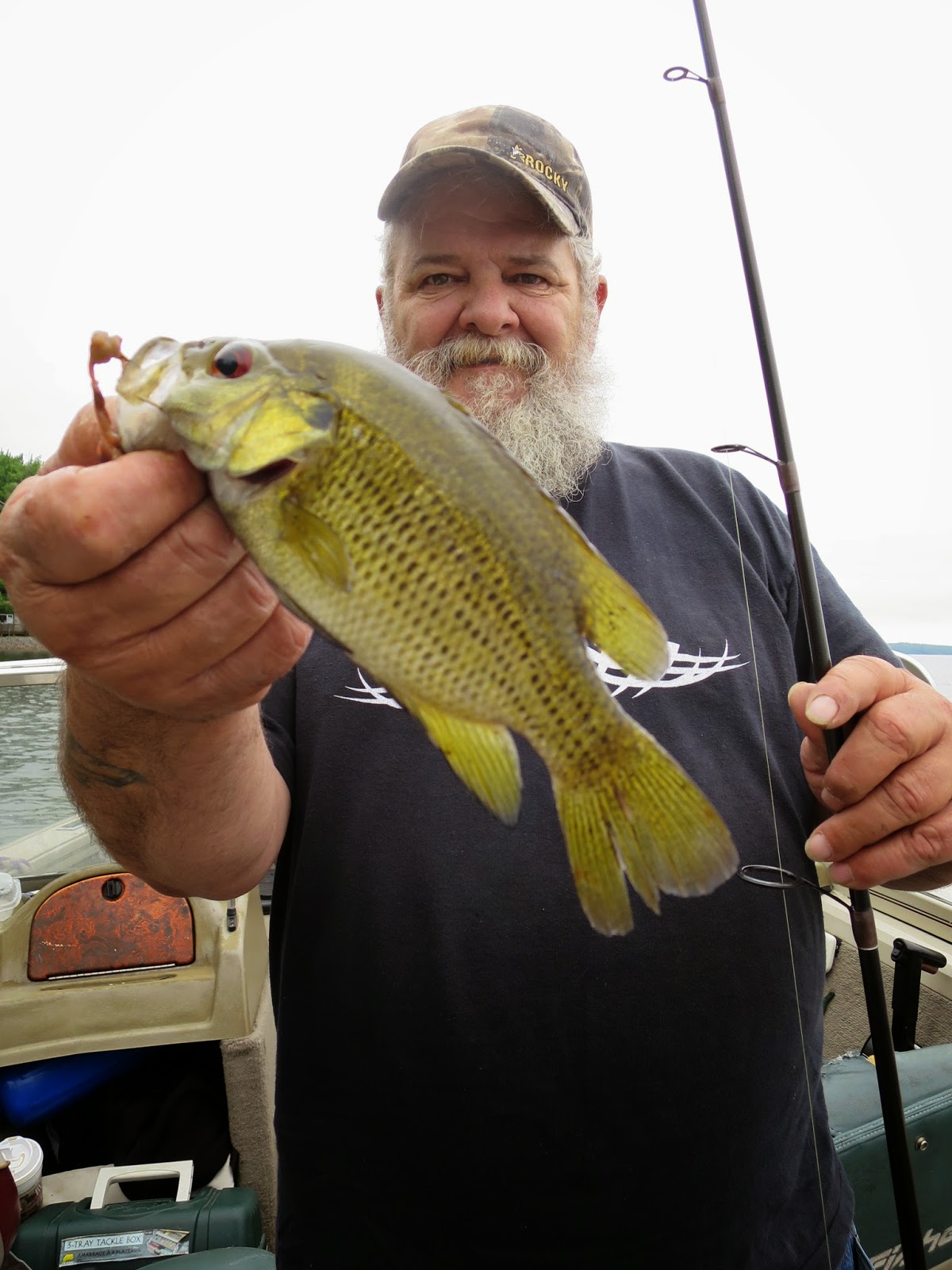 |
| Ray Swope, 2012, New Haven (Third Largest Buck in NYS since 1939) |
Deer are easiest to get on opening day, especially in the morning. Returning to the woods after feeding all night in the fields, they’re suddenly ambushed by legions of hunters who weren’t there the night before—or all year, for that matter.
The second best time to bag a buck is Thanksgiving. While the deer aren’t as careless--relatively speaking, of course--as they were on the opener, most guys get the holiday off and the massive presence of men in the woods keeps the critters moving, often right into someone’s sights.
After Turkey Day the pickin’s get pretty slim. You see, a lot of hunters indulge in the sport because tradition drives them to; and an equal number hunt for social purposes. For these guys, it only takes one time out to give them bragging rights for the year. Once that’s out of the way, they spend their leisure time in the living room, channel surfing the road to the Final Four.
Still, the crack of guns targeting big game rips through the silence of late autumn’s landscape until mid-December. Its source: lone hunters indulging the extreme challenge of pitting their personal intelligence and skill against the extraordinary senses and instinct nature has endowed wildlife with since the dawn of time.
Oswego County is one of the state’s best spots for solo, late-season big game hunting. Split almost equally into northern and southern zones, it boasts over 40,000 acres of public lands, mostly in the northeastern townships of Albion (Happy Valley Wildlife Management Area off NY 104), Boylston (Little John WMA, off CR 17), Redfield (Little John and Hall Island WMAs, Battle Hill and Salmon River State Forests, all accessible off CR 17), and Orwell (Chateaugay and Salmon River SF off CR 2).
Known for lake effect snowfall reaching in excess of 300 inches annually, this area is hard on deer. Only the strongest fawns survive, resulting in some of the biggest bucks in the state. In fact, one of the largest bucks ever recorded in New York was taken in Oswego County.
Whitetails aren’t the only big game this area supports; black bear call these woods home, too.
New York has always boasted the largest population of bruins in the Eastern U.S., mostly in the Adirondack and Catskill Mountains. Recently, rangers have been monitoring sows with cubs (the state requires breeding pairs to be present in an area before listing it as bear country) in the Tug Hill Plateau Region.
To learn more about Central NY’s bruins, check out the DEC’s on-line publication “Black Bears in NY: Natural History, Range and Interactions with people.” If that plants the seed of bear hunting into your imagination, the DEC’s on-line publication “Hunting Bear in NY,” will show you how to do it.
Big game hunting season is rapidly coming to a close. The regular season closes on Dec. 7. However, special bow and muzzle loader seasons run until Dec. 14 in the Northern Zone’s WMU 6G, and Dec. 16 in the Southern Zone.
 |
| Image from DEC |










.jpg)




















.jpg)
.jpg)
.jpg)


.jpg)
.jpg)
.jpg)







